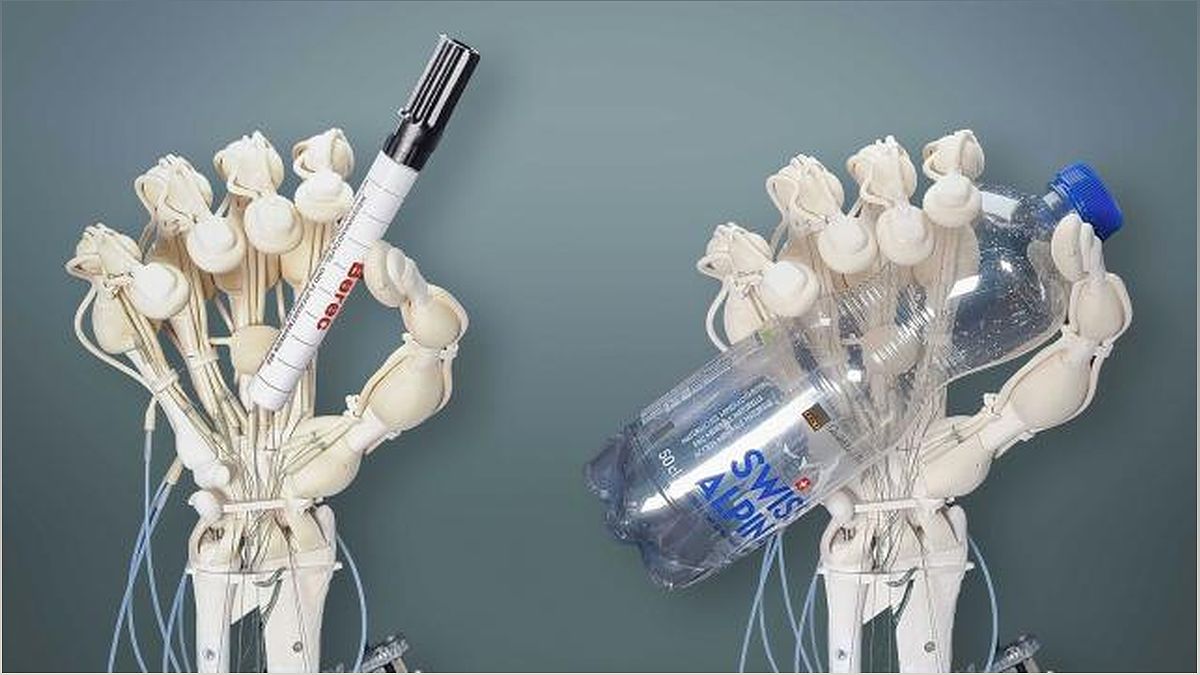Welcome to the future of 3D printing! In this article, we'll explore an innovative technique called vision-controlled jetting that is transforming the world of robotics. By rapidly correcting imperfections in 3D-printed layers, this technique enables the printing of complex robots that can mimic important biological functions. Get ready to dive into the exciting possibilities of bionic machines and the incredible advancements made possible by vision-controlled jetting.
The Limitations of Traditional 3D Printing
Explore the challenges faced by traditional 3D printing techniques and their limitations.
Traditional 3D printing techniques have been hindered by the need for fast-curing polymers and the limited variety of materials available for printing. The requirement for quick polymer hardening has restricted the complexity of structures that can be printed, preventing the creation of robots that mimic the intricate functions of living organisms.
Additionally, the inability to iron out imperfections in slower-curing polymers has further limited the range of materials and properties that can be used in 3D printing. As a result, the potential for creating robots capable of performing tasks like bearing heavy loads and navigating uneven terrain has remained out of reach.
Introducing Vision-Controlled Jetting
Discover the groundbreaking technique of vision-controlled jetting and its impact on 3D printing capabilities.
A team of researchers at ETH Zurich and Inkbit have developed a revolutionary technique called vision-controlled jetting. This technique involves using laser scanning to create a 3D map of imperfections in each layer of printed polymer, allowing for real-time adjustments to be made during the printing process.
By eliminating the need for scraping and sculpting, vision-controlled jetting enables the use of a wider range of materials and the creation of complex robots that mimic biological functions. This technique has opened up new possibilities for 3D printing, bringing us closer to the development of robots that can flawlessly mimic the functions of living organisms.
Printing Robots with Intricate Structures
Explore the incredible capabilities of vision-controlled jetting in printing robots with intricate structures.
Vision-controlled jetting allows for the printing of robots with intricate structures and functions that resemble those found in living organisms. Researchers at ETH Zurich's Soft Robotics Lab have successfully printed robots with complex features such as bones, ligaments, and tendons.
These robots demonstrate remarkable dexterity, with the ability to move each finger independently and firmly grip objects. Additionally, vision-controlled jetting has enabled the creation of walking robots that can navigate unpredictable surfaces and pumps that mimic the beating of a heart.
Future Possibilities and Applications
Discover the future possibilities and potential applications of vision-controlled jetting in 3D printing.
The researchers behind vision-controlled jetting are continuously exploring its potential and are planning to offer it as a service to customers. This groundbreaking technique has the potential to revolutionize the field of robotics, paving the way for the development of 3D-printed robots that can mimic the functions of the human body.
Imagine a future where robots with intricate structures and biological functions can assist in various industries, from healthcare to manufacturing. With vision-controlled jetting, the possibilities are endless, and we are on the brink of a new era in 3D printing technology.

